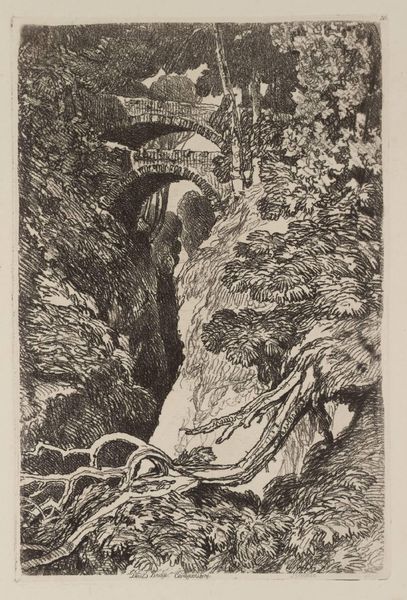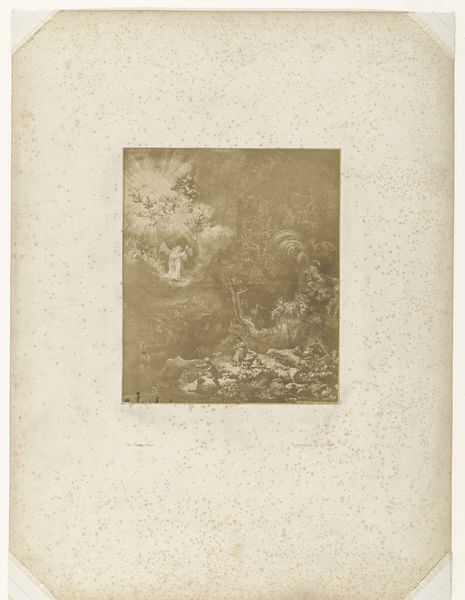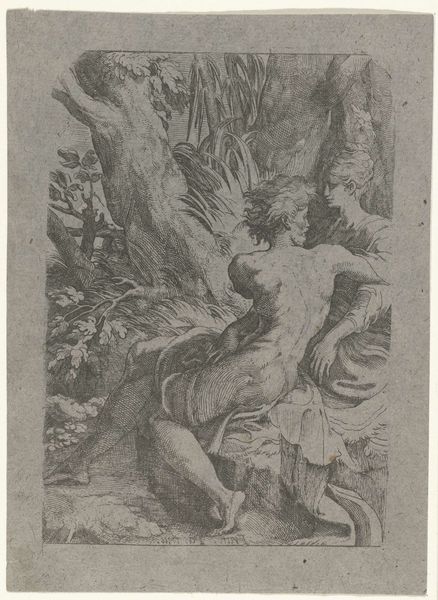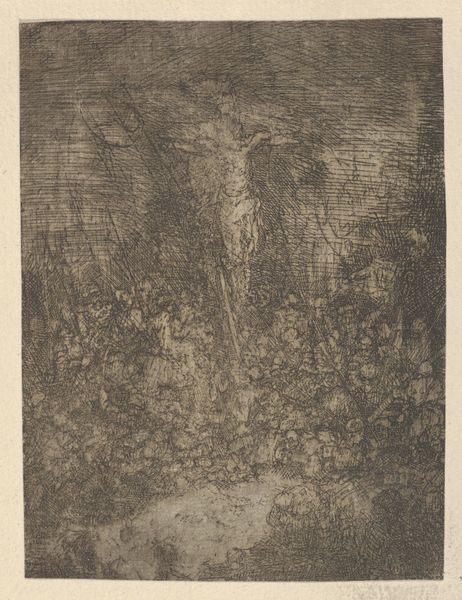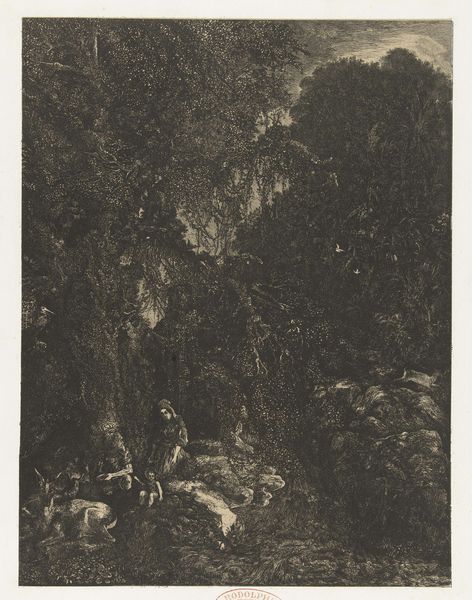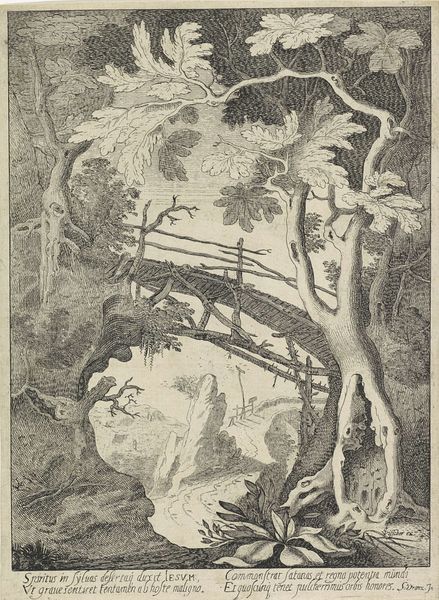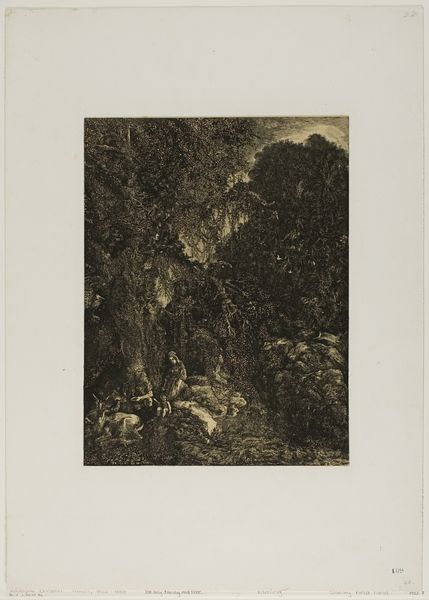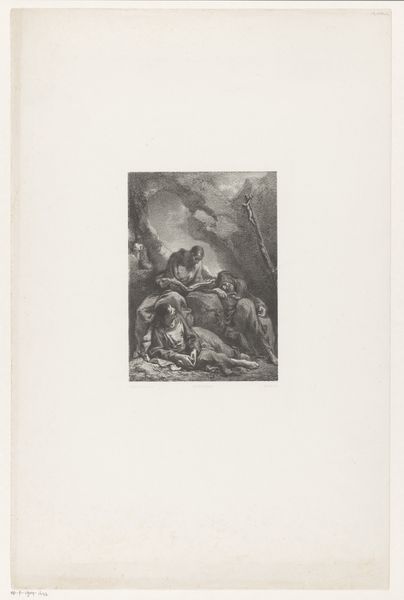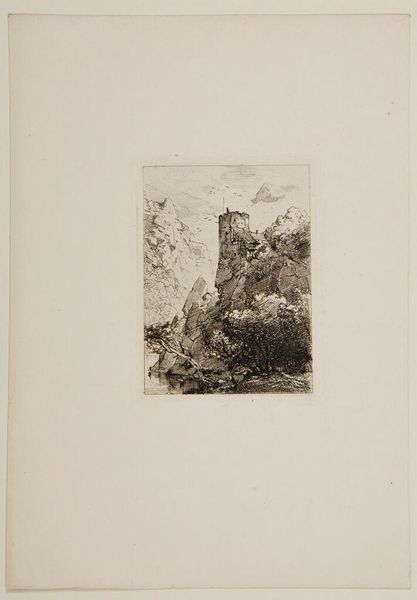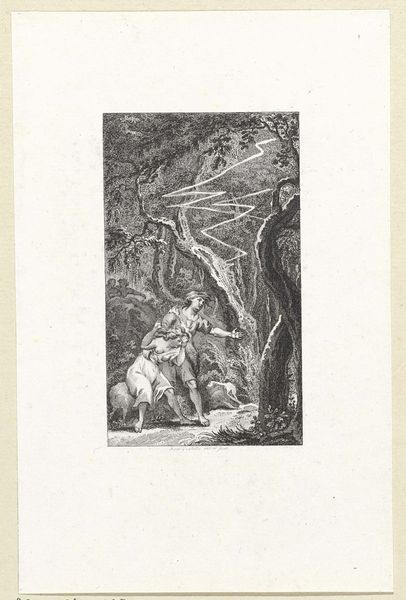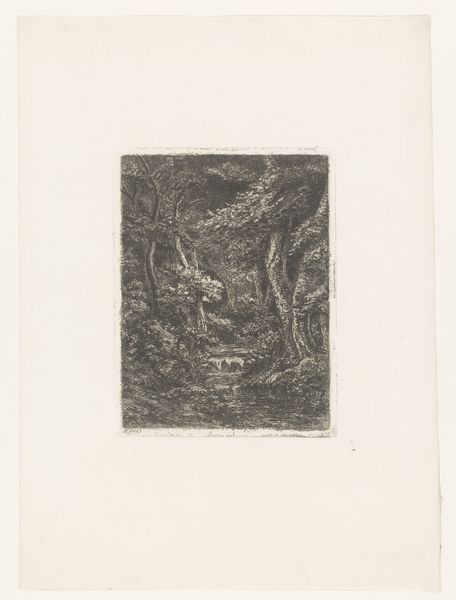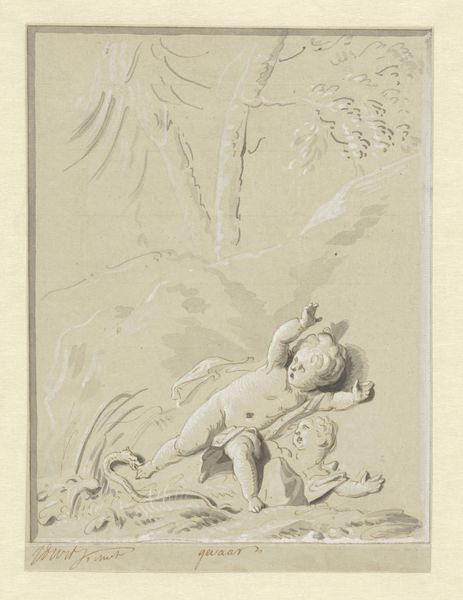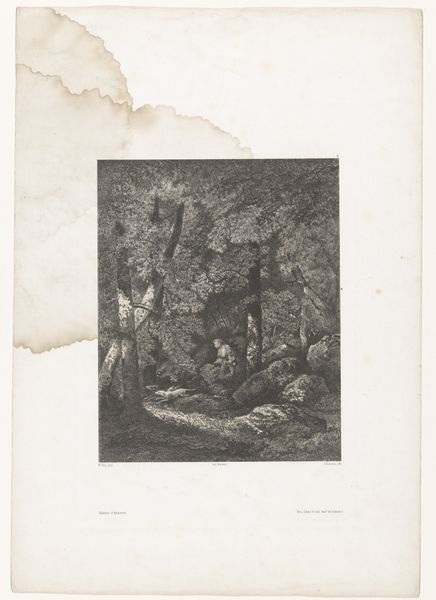
Willemynken smeekt om genade van God in de hel tussen demonen 1590 - 1638
0:00
0:00
engraving
#
allegory
#
narrative-art
#
baroque
#
figuration
#
line
#
history-painting
#
engraving
Dimensions: height 114 mm, width 65 mm
Copyright: Rijks Museum: Open Domain
Curator: Woah, that's…intense. Immediately I feel this swirling sense of anxiety and claustrophobia. The lines are so tight, so dense; it feels like the image is suffocating. Is that fire, or just chaos surrounding her? Editor: This is "Willemynken Pleading for God's Mercy in Hell Amongst Demons," an engraving by Boëtius Adamsz. Bolswert dating from 1590 to 1638. You’ve honed in on the emotional intensity, absolutely. We're looking at an allegory, a very visceral representation of spiritual torment and desperate pleas for salvation. Curator: Salvation…right. The snakes don’t exactly scream "redemption", do they? But seriously, those swirling lines! The artist has packed so much frantic energy into this small space; it makes my skin crawl a little. It's like a nightmare visualized, all raw and wriggling. What's with the one… creature near her foot? It doesn’t look like a snake. Editor: That detail introduces the interplay of good and evil at hand here, in more ways than one; to my reading it does appear to be a toad. Traditionally in art, toads symbolize malevolent influences; a potent symbol during a period when anxieties around damnation and witchcraft were rampant. Curator: And "Willemynken" – she’s stuck right in the middle of it, writhing and reaching upward, but she isn't the main focus. You know, it's not about *her*. The world is all closing in on her; she's at the whim of a mad and dangerous force. That's unnerving. Editor: True. This aligns with Baroque sensibilities where theatricality and drama were often emphasized to evoke emotional responses from the viewer. Consider this print within its religious context; the intent was likely to instill fear and remorse in observers, warning against straying from the "righteous" path. Who was Willemynken though, do we know? Is it just a name, a general stand-in? Curator: Right, so it's meant as a morality tale, but without much grounding? I still get lost in the emotion first. The level of detail; you can see the terror in her eyes and that pleading gesture – so raw, so very human amidst this hellish landscape. What a punch it packs for such a small piece. It might sound ridiculous, but I wish I could reassure her; say it’s all just an image. Editor: Art does invite those human reactions, after all. It’s compelling to remember that this piece served as propaganda with didactic functions: a warning and perhaps, a promise. Its strength rests in the emotion it ignites. A single, engraved image capable of evoking the very human feeling of desperation.
Comments
No comments
Be the first to comment and join the conversation on the ultimate creative platform.
